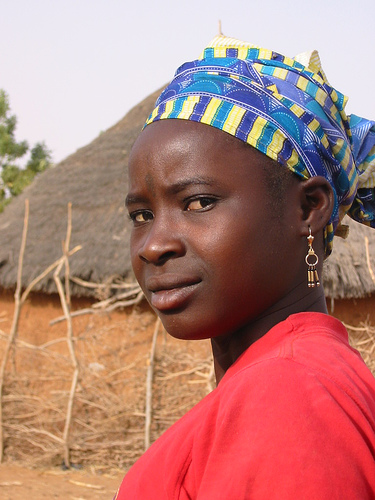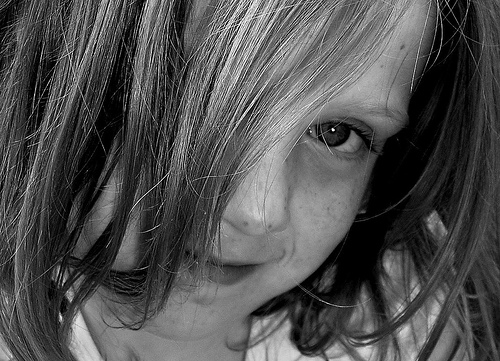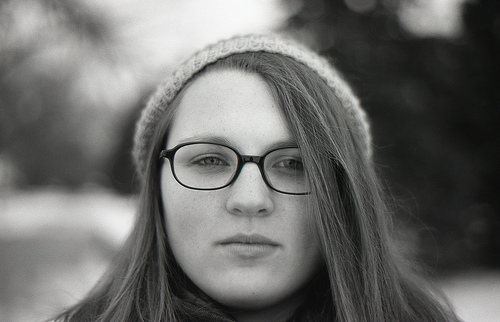Photography Basics – The Background
One of the most important elements of a photograph is often the one that is the most frequently overlooked. The background of an image can do many things - it can help establish context for the image, add emotion or feeling and strengthen the narrative of the picture. When taking pictures, it's important to know how your background will impact your picture and how you can use it to your advantage.

Niger Portrait by etrenard on flickr (licensed CC-BY-SA)
Double Check the Background
The next time you have that perfect photo lined up in your frame and you're about to hit the shutter button, take a second to examine the background. Are there any objects or people in your picture that are distracting? Do you notice odd colors that will draw attention away from your intended focal point? Is there a tree or pole growing out of anyone's head? These are all things you should be watching out for when you shoot, and with a quick mental checklist they are all easily avoided.

29Sept030 by Luke H. Gordon on flickr (licensed CC-BY)
Crop Inside Your Camera
Framing is an incredibly important part of the art of photography. Many distracting elements of a poor background can be avoided altogether with tight framing that makes your subject take up most of the shot. Don't forget that you really don't need a background with every shot - a background is simply an option that's available to enhance your image. Try to make this decision while shooting and not in the editing room; it's always best to get it right in-camera.

india portrait by anthony kelly on flickr (licensed CC-BY)
Move
This may sound obvious, but if you find yourself working with a background that is ruining your shot, try changing the position of your subject or the angle of the shot. In just about every case, you can always find a way to avoid a bad background. Additionally, shifting the angle around a bit may give you new inspiration on how to make good use of the background, and will also help you create unique and interesting photographs.
Use What You Have
While studio photographers have long relied on backdrops to help enhance their portraits, there are plenty of incredible opportunities to be found right in the environment. Whenever you are working with a human subject, look around the area to find things that would enhance the quality of your shot. For instance, why leave a swing set to the background when you could have photos of your subject sitting on it? Think of the background as another part of your photograph than you can change whenever needed.
Depth of Field
When it comes to your background, make sure to be selective of something that will look good. You can always play around with your picture's depth of field by changing the aperture, so always feel free to make changes that you feel will improve the quality of your picture. Additionally, people interpret depth of field differently depending on the image, so try to think of ways that manipulating it can tell a more powerful story.

03 by Ben Seidelman on flickr (licensed CC-BY)
Many photographers spend so much time worrying about capturing their subjects that they completely overlook the background. Strong use of your surroundings will help to make your photographs even better, while ignoring them can often ruin shots that would otherwise be great. When it comes right down to it, the photographer is really responsible for every element of the picture. If you have a background that is distracting to your image, it's your job to either make it work or get rid of it. Backgrounds can be difficult, but if you're paying attention you will soon learn to use them without thinking.




